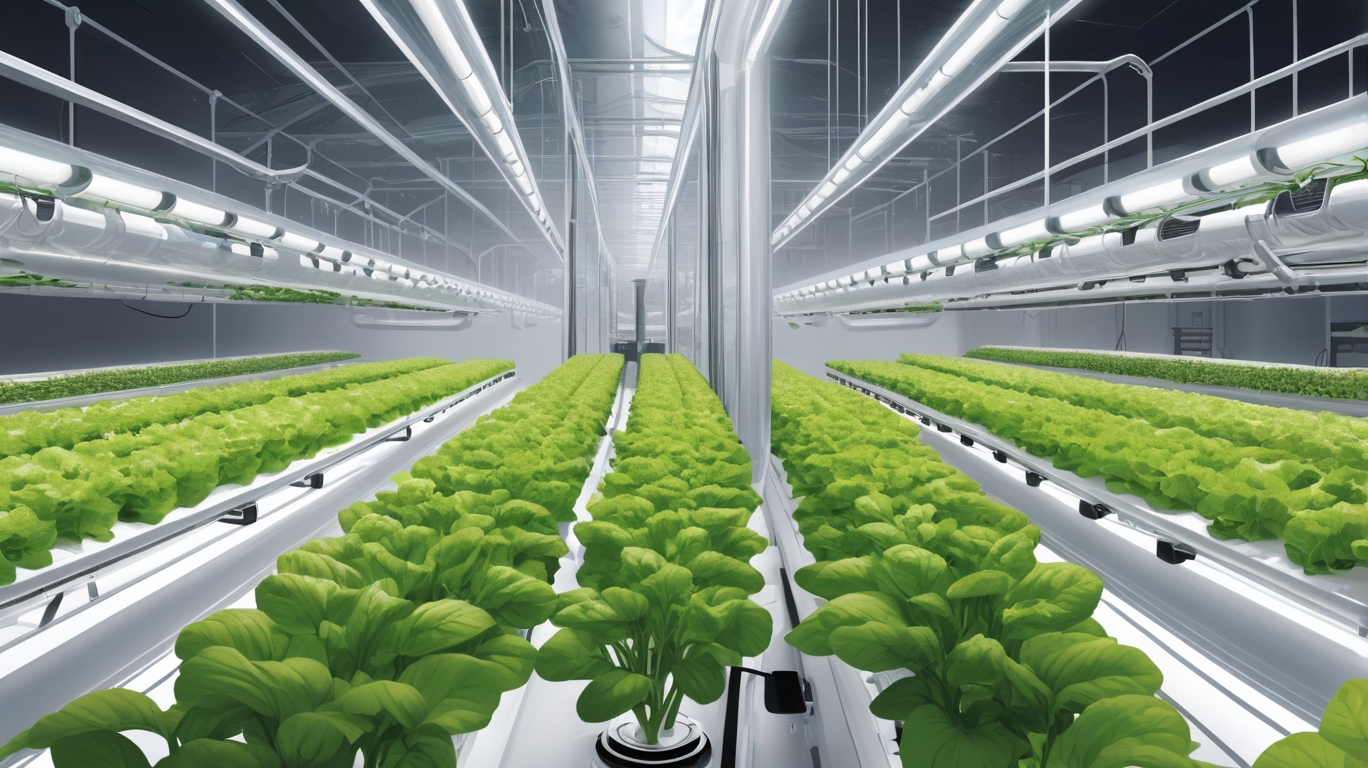Hydroponic Farming: A Future Solution?
In a world where arable land is shrinking and climate change threatens traditional agriculture, hydroponic farming emerges as a promising alternative. This soil-less method of growing plants offers efficiency, sustainability, and adaptability—qualities that may make it a cornerstone of future food production. But is hydroponics truly the solution we need? Let’s explore its potential with a balanced perspective.

What Is Hydroponic Farming?
Hydroponics is a method of growing plants without soil, using nutrient-rich water solutions instead. Plants are supported by inert mediums like perlite, clay pellets, or rockwool, while their roots absorb essential minerals directly from the water. This controlled environment allows for precise management of nutrients, water, and light, leading to faster growth and higher yields compared to conventional farming.
The Benefits of Hydroponics
1. Water Efficiency
Traditional agriculture consumes vast amounts of water, much of which is lost to evaporation or runoff. Hydroponic systems, however, recirculate water, using up to 90% less than soil-based farming. In regions facing water scarcity, this efficiency could be transformative.
2. Space-Saving & Urban Adaptability
Hydroponics doesn’t require fertile land, making it ideal for urban settings. Vertical hydroponic farms can thrive in warehouses, rooftops, or even small apartments, bringing fresh produce closer to consumers and reducing transportation emissions.
3. Faster Growth & Higher Yields
With optimal nutrient delivery and controlled conditions, hydroponic plants grow 20-50% faster than their soil-grown counterparts. This efficiency could help meet the rising food demands of a growing population.
4. Reduced Pesticide Use
Soil-borne pests and diseases are less of a concern in hydroponics, reducing the need for chemical pesticides. This leads to cleaner, healthier produce—a win for both consumers and the environment.
Challenges to Consider
Despite its advantages, hydroponic farming isn’t without obstacles:
1. High Initial Costs
Setting up a hydroponic system requires investment in equipment, lighting, and nutrient solutions. While costs are decreasing with technological advancements, the barrier to entry remains high for small-scale farmers.
2. Energy Dependence
Indoor hydroponic farms rely heavily on artificial lighting and climate control, increasing energy consumption. Renewable energy integration could mitigate this, but for now, it remains a concern.
3. Technical Knowledge Required
Unlike traditional farming, hydroponics demands a deeper understanding of plant nutrition and system maintenance. Without proper knowledge, imbalances can lead to crop failures.
Is Hydroponics the Future?
Hydroponic farming won’t replace traditional agriculture entirely, but it offers a viable supplement—especially in areas with harsh climates, limited water, or dense urban populations. As technology advances and costs decrease, we may see more hybrid approaches combining soil-based and hydroponic methods for a more resilient food system.
For now, hydroponics stands as a compelling innovation—one that encourages us to rethink how we grow food in an ever-changing world. Whether it becomes a mainstream solution depends on continued research, investment, and public acceptance.
What are your thoughts? Could hydroponics play a major role in feeding future generations? Share your perspective in the comments.